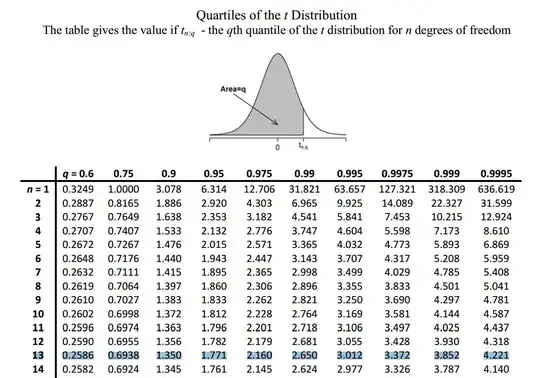We can obtain a nice closed-form answer simply by applying definitions and the most basic result of linear regression theory: no calculation is needed.
First consider more generally what happens to $\Phi_2(x,y,\rho)$ when $x$ is changed to $x+\mathrm{d}x$ for a positive infinitesimal $\mathrm{d}x.$ By definition, $\Phi_2(x,y,\rho)$ is the total probability in the square where $X\le x$ and $Y\le y.$ The difference therefore is the total probability in the infinitesimal half-infinite vertical strip $S(x,\mathrm{d}x,y)$ delimited at the left by $X=x,$ the right by $X=x+\mathrm{d}x,$ and the top by $y.$

Colors denote values of the bivariate density with $\rho=2/5.$ Its regression line $y=\rho x$ is shown in white. The colored vertical strip on the right is $S(x,\mathrm{d}x,y).$ The colored horizontal strip at the top is the analog of this strip after exchanging $X$ and $Y.$
The theory of linear regression teaches us that in the linear regression line for $\Phi_2,$ the conditional distribution of $Y\mid X=x$ has mean $\rho x$ and variance $1-\rho^2.$ Since the probabilities in this vertical strip do not appreciably change across it from left to right, and must be proportional to the standard Normal density $\phi(x),$ then in terms of the standard normal CDF $\Phi$ they must therefore equal
$$\eqalign{
\Pr(S(x,\mathrm{d}x,y)) &= \Pr(Y\le y\mid X\in[x,x+\mathrm{d}x))\Pr(X\in[x,x+\mathrm{d}x)) \\
&= \Phi\left(\frac{y-\rho x}{\sqrt{1-\rho^2}}\right)\,\phi(x)\mathrm{d}x .
} \tag{*}$$
It's clear that the same result holds for negative infinitesimal $\mathrm{d}x.$
Reversing the roles of $X$ and $Y$ changes nothing in the reasoning and only swaps $x$ and $y$ in the result: from the symmetric expression for the bivariate Normal density, the situation is identical.
Specializing to the question, let $\mathrm{d}z$ be an infinitesimal change in $z.$ By definition of the derivative, this induces simultaneous infinitesimal changes in $x$ and $y$ given by
$$\eqalign{
\mathrm{d}x &= \mathrm{d}\mu_1(z) = \mu_1^\prime(z)\mathrm{d}z; \\
\mathrm{d}y &= \mathrm{d}\mu_2(z) = \mu_2^\prime(z)\mathrm{d}z.
}$$
Together this creates two infinitesimal strips between the rectangles $X\le \mu_1(z), Y\le \mu_2(z)$ and $X\le \mu_1(z+\mathrm{d}z), Y \le \mu_2(z + \mathrm{d}z),$ as shown in the figure. Their total area is given by two applications of $(*)$ upon substituting $(x,y)=(\mu_1(z),\mu_2(z))$ and $(\mathrm{d}x,\mathrm{d}y) = (\mu_1^\prime, \mu_2^\prime)\mathrm{d}z:$
$$\eqalign{
& \mathrm{d}\Phi_2(\mu_1(z),\mu_2(z),\rho) \\ &=\Phi\left(\frac{\mu_2(z)-\rho \mu_1(z)}{\sqrt{1-\rho^2}}\right)\phi(\mu_1(z))\mu_1^\prime(z)\mathrm{d}z + \Phi\left(\frac{\mu_1(z)-\rho \mu_2(z)}{\sqrt{1-\rho^2}}\right)\phi(\mu_2(z))\mu_2^\prime(z)\mathrm{d}z.
}$$
Dividing both sides by $\mathrm{d}z$ gives the desired derivative.
